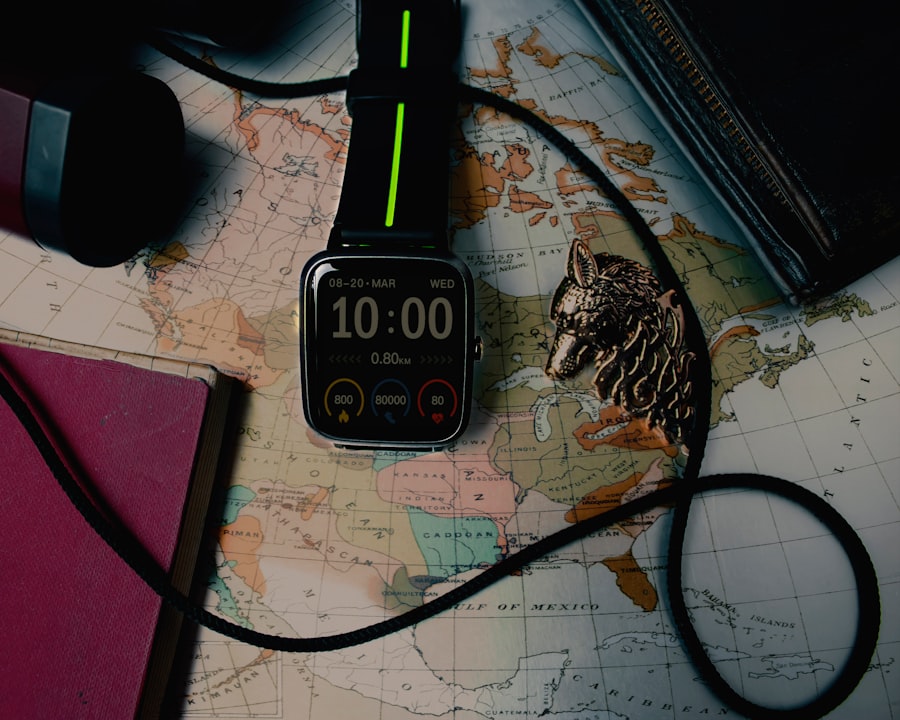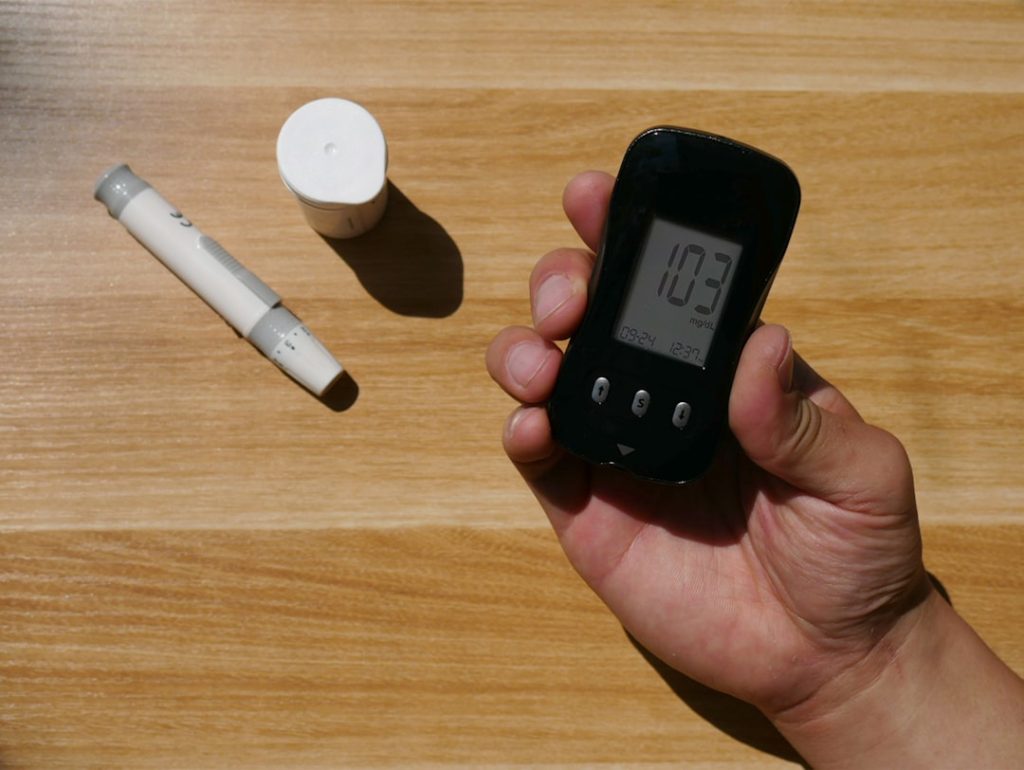When you decide to embark on a journey, the first step is to plan ahead. This is especially crucial if you have specific health needs, such as managing diabetes. Start by researching your destination thoroughly.
Look into the availability of medical facilities, pharmacies, and grocery stores that stock diabetic-friendly foods. Knowing where you can access these resources can provide peace of mind and help you feel more secure during your travels. Additionally, familiarize yourself with the local customs and regulations regarding health care, as this can vary significantly from one country to another.
Creating a detailed itinerary can also be beneficial. Outline your travel dates, accommodations, and any activities you plan to engage in. This will not only help you stay organized but also allow you to identify potential challenges in advance.
For instance, if you plan to hike in a remote area, consider how you will manage your diabetes during that time. By anticipating your needs and planning accordingly, you can ensure a smoother experience and focus on enjoying your trip.
Packing the right supplies
Once your travel plans are in place, it’s time to think about packing. This is where you need to be meticulous, especially when it comes to your health supplies. Make a comprehensive list of everything you need, including insulin, syringes, glucose meters, and test strips.
It’s wise to pack extra supplies in case of delays or unexpected situations. Consider bringing along a cooler or insulated bag for your insulin if you’re traveling to a warm climate, as temperature fluctuations can affect its efficacy. In addition to your medical supplies, don’t forget to include snacks that are suitable for managing your blood sugar levels.
Granola bars, nuts, and dried fruits are excellent options that are easy to carry and can help stabilize your glucose levels during long travel days. Also, pack a small first-aid kit with essentials like band-aids and antiseptic wipes. Being prepared with the right supplies will not only help you manage your diabetes effectively but also allow you to enjoy your trip without unnecessary stress.
Managing your medication and insulin

Managing your medication while traveling requires careful consideration and organization. Before you leave, consult with your healthcare provider about your travel plans. They can provide guidance on how to adjust your medication schedule based on time zone changes and travel duration.
It’s essential to have a clear understanding of how to maintain your routine while on the go, as this will help prevent any disruptions in your blood sugar management. When it comes to insulin, ensure that you have a sufficient supply for the duration of your trip, plus a little extra just in case. Store it properly according to the manufacturer’s instructions; this often means keeping it at a consistent temperature away from direct sunlight.
If you’re flying, keep your insulin in your carry-on luggage rather than checked baggage to avoid temperature fluctuations and potential loss. By taking these precautions, you can manage your medication effectively and minimize the risk of complications during your travels.
Monitoring your blood sugar levels
Monitoring your blood sugar levels is a critical aspect of managing diabetes while traveling. It’s important to maintain a regular testing schedule, even when you’re in unfamiliar environments. Bring along a reliable glucose meter and ensure that you have enough test strips for the duration of your trip.
Consider setting reminders on your phone or watch to help you remember when it’s time to check your levels. While traveling, various factors can influence your blood sugar levels, including changes in diet, activity level, and stress. Be prepared for these fluctuations by keeping a log of your readings and noting any significant changes.
This will help you identify patterns and make necessary adjustments to your diet or medication as needed. Staying vigilant about monitoring your blood sugar will empower you to make informed decisions about your health while enjoying all that your trip has to offer.
Communicating with travel companions and airline staff
Effective communication is key when traveling with diabetes, both with your travel companions and airline staff. Before embarking on your journey, have an open discussion with those you’re traveling with about your health needs. Share information about how they can support you during the trip, whether it’s reminding you to take medication or helping you find suitable food options.
This not only fosters understanding but also creates a supportive environment that can enhance everyone’s travel experience. When it comes to airline staff, don’t hesitate to inform them about your condition when checking in or boarding the plane. They can assist you with any special accommodations you may need, such as early boarding or access to medical facilities during the flight.
Additionally, if you’re traveling internationally, consider carrying a letter from your healthcare provider that outlines your condition and the medications you require. This can be helpful in case of emergencies or if customs officials have questions about your supplies.
Knowing where to find medical help

Before setting off on your adventure, familiarize yourself with the healthcare options available at your destination. Research local hospitals, clinics, and pharmacies so that you know where to go in case of an emergency. Many countries have different healthcare systems, so understanding how they work can save you time and stress if you need medical assistance.
It’s also wise to have a list of emergency contacts readily available, including local emergency services and any friends or family who may be able to assist you from afar. If you’re traveling abroad, consider purchasing travel insurance that covers medical emergencies related to pre-existing conditions like diabetes. This added layer of protection can provide peace of mind as you explore new places.
Staying hydrated and eating well
Staying hydrated is essential for everyone while traveling, but it’s particularly important for those managing diabetes. Dehydration can lead to elevated blood sugar levels and other complications, so make it a priority to drink plenty of water throughout your journey. Carry a reusable water bottle with you to ensure that you always have access to hydration, especially during long flights or road trips.
In addition to hydration, maintaining a balanced diet is crucial for managing blood sugar levels effectively. Research local cuisine ahead of time so that you can identify healthy options that fit within your dietary needs. When dining out, don’t hesitate to ask restaurant staff about ingredient lists or request modifications to dishes if necessary.
By being proactive about what you eat and drink while traveling, you’ll be better equipped to keep your blood sugar levels stable and enjoy the culinary experiences that come with exploring new cultures.
Being prepared for unexpected situations
No matter how well you plan, unexpected situations can arise while traveling. Whether it’s a delayed flight or an unforeseen change in schedule, being adaptable is key. Prepare yourself mentally for these possibilities by having contingency plans in place.
For instance, if you’re traveling by air and experience delays, know where nearby pharmacies or medical facilities are located so that you can access supplies if needed. Additionally, consider carrying a small emergency kit that includes essential items like extra snacks, glucose tablets, and any necessary medications. This way, if something goes awry—like losing luggage or running out of supplies—you’ll have backup options readily available.
Embracing flexibility and being prepared for the unexpected will not only help you manage your diabetes effectively but also allow you to enjoy the spontaneity that travel often brings. In conclusion, traveling with diabetes requires careful planning and preparation but does not have to be daunting. By taking proactive steps—such as researching destinations, packing appropriately, managing medications diligently, monitoring blood sugar levels consistently, communicating effectively with others, knowing where to find medical help, staying hydrated and eating well, and being ready for unexpected situations—you can ensure a safe and enjoyable journey.
With the right mindset and preparation, you can focus on creating lasting memories while managing your health effectively on the road.
